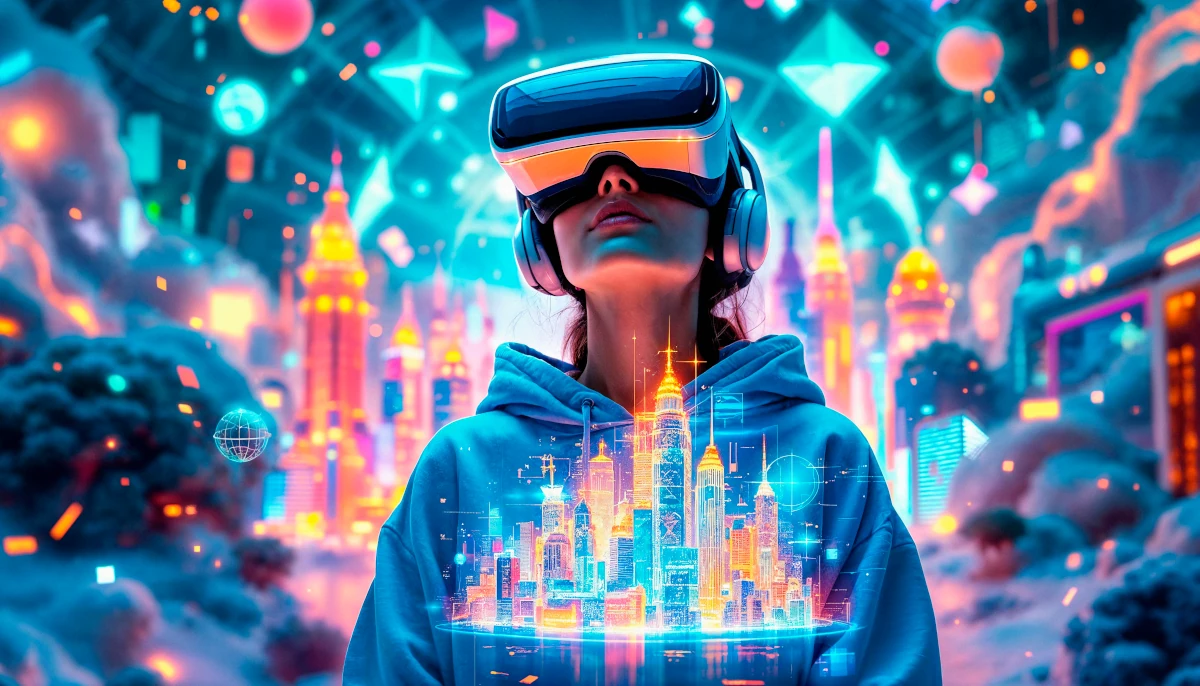As we move deeper into the mid-2020s, Generative AI Trends continue to redefine industries, revolutionizing the way we work, create, and interact with technology. This cutting-edge field, which includes AI models capable of generating images, text, and even complex software systems, is advancing at an unprecedented pace. Between 2025 and 2030, Generative AI Trends are expected to play an even greater role in solving real-world challenges, driving innovation, and enhancing personalization.
Let’s dive into the key trends that will shape the future of generative AI during this transformative decade.
1. Hyper-Personalized Content Creation
Generative AI is set to revolutionize content creation by delivering highly personalized experiences. By 2025, advanced AI models will craft custom-tailored content such as movies, music, advertisements, and educational materials based on individual preferences and behaviors.
Key Applications:
- Entertainment: AI-generated movies and TV shows designed for niche audiences.
- Marketing: Personalized ad campaigns that adapt to user behavior.
- Education: Tailored learning experiences to meet individual learning styles.
Challenges: As personalization grows, ethical concerns surrounding data privacy and user consent will intensify. Industries will need to ensure a careful balance between customization and responsible data usage.
2. AI as a Co-Creator in Artistic Fields
The creative industry is embracing generative AI as a collaborator rather than a replacement. By assisting artists, musicians, writers, and designers, AI is pushing the boundaries of creativity.
Examples of Collaboration:
- Music: AI-assisted composition and sound design.
- Art: Generating new artistic styles or variations.
- Literature: Co-authoring books or generating story ideas.
Implications: This trend challenges traditional notions of authorship and creativity, raising questions about intellectual property rights and ethical guidelines.
3. Generative AI in Healthcare and Drug Development
In healthcare, Generative AI Trends are poised to transform drug discovery and precision medicine. By simulating biological processes and predicting the efficacy of new compounds, AI can accelerate the development of treatments.
Key Developments:
- Drug Discovery: Identifying novel molecules and optimizing drug efficacy.
- Medical Imaging: Enhancing diagnostic accuracy with AI-powered analysis.
- Personalized Medicine: Tailoring treatments based on genetic and health profiles.
Impact: Generative AI could significantly reduce the time and cost of bringing new drugs to market, improving healthcare outcomes worldwide.
4. Generative AI in Autonomous Systems
Generative AI is becoming integral to autonomous systems such as self-driving cars, drones, and robots. These AI models enhance real-time problem-solving capabilities, making autonomous systems safer and more adaptable.
Key Innovations:
- Self-Driving Cars: Real-time predictions and responses to road conditions.
- Drones: Optimized flight paths for efficiency and safety.
- Manufacturing Robots: Generating strategies for complex assembly tasks.
Opportunities: These advancements will streamline automation in industries like logistics, reducing costs and improving efficiency.
5. Improved Human-AI Collaboration
The future workplace will see a deeper integration of generative AI as a collaborator, assisting professionals across various sectors.
Examples of Collaboration:
- Software Development: AI-generated code and debugging support.
- Engineering: Designing and simulating complex systems.
- Business: Generating actionable insights from data for better decision-making.
Trend Insight: By 2030, human-AI collaboration will become a cornerstone of innovation, streamlining workflows and enhancing productivity.
6. Ethical AI and Content Moderation
As generative AI becomes more ubiquitous, ethical concerns surrounding its use are coming to the forefront. Ensuring responsible AI development will be crucial to addressing issues like misinformation, bias, and harmful content.
Future Developments:
- Content Moderation: AI systems capable of detecting and removing harmful content in real-time.
- Transparency: Training AI on diverse, unbiased datasets to ensure fairness.
- Regulations: Global initiatives to establish ethical guidelines for AI usage.
Call to Action: A global effort is needed to create robust frameworks that ensure generative AI benefits society as a whole.
7. The Rise of AI-Generated Virtual Worlds
Generative AI is at the core of creating immersive virtual and augmented reality experiences. By 2030, AI will generate fully realized virtual worlds, transforming industries such as gaming, education, and business.
Potential Applications:
- Gaming: Dynamic storylines and environments that adapt to player choices.
- Education: Interactive simulations for personalized learning experiences.
- Business: Virtual spaces for collaboration and training.
Trend Impact: AI-generated virtual worlds will unlock new opportunities for creativity, collaboration, and engagement.
8. AI-Driven Business Optimization and Automation
Generative AI will drive smarter, data-driven business processes, enabling organizations to operate more efficiently and scale effectively.
Key Innovations:
- Finance: Predictive models for risk management and portfolio optimization.
- Supply Chain: Real-time inventory control and demand forecasting.
- Operations: Automated strategies for workflow optimization.
Business Edge: Companies leveraging AI for automation will gain a competitive advantage in an increasingly dynamic market.
9. AI-Generated Synthetic Data
AI-generated synthetic data will play a critical role in industries where data privacy is paramount. This artificial data mimics real-world data, enabling safe and efficient training of AI models.
Benefits of Synthetic Data:
- Privacy Protection: Avoiding the use of sensitive personal information.
- Scalability: Generating large datasets quickly for model training.
- Testing: Simulating scenarios without compromising real-world data.
Application Areas: Healthcare, finance, and autonomous systems will particularly benefit from synthetic data solutions.
Shaping the Future with Tohjiwa Teknologi
Generative AI Trends are set to redefine innovation and technology across industries. From personalized content and healthcare breakthroughs to autonomous systems and virtual worlds, the impact of Generative AI Trends will be transformative.
Tohjiwa Teknologi, in advanced AI solutions, is well-positioned to drive these changes. By focusing on ethical AI development and cutting-edge applications, Tohjiwa Teknologi will help industries navigate the complexities of generative AI, ensuring responsible and impactful solutions for the future.


